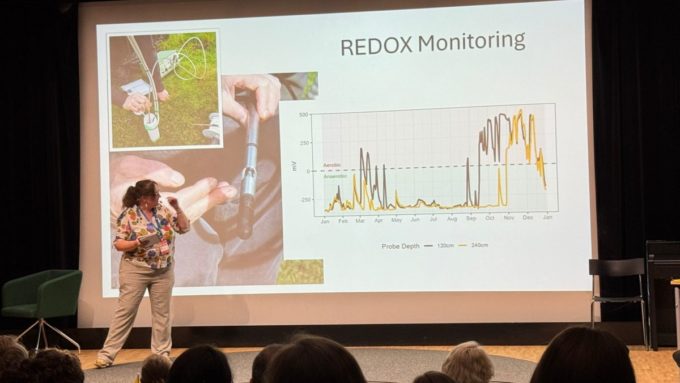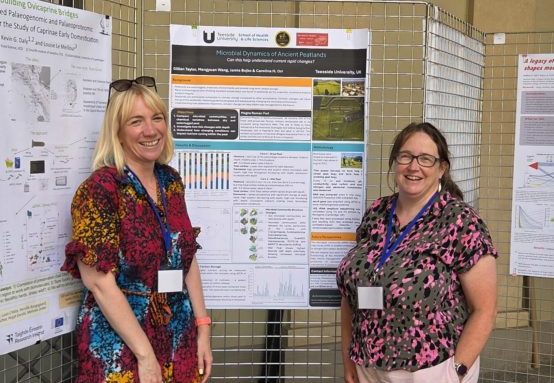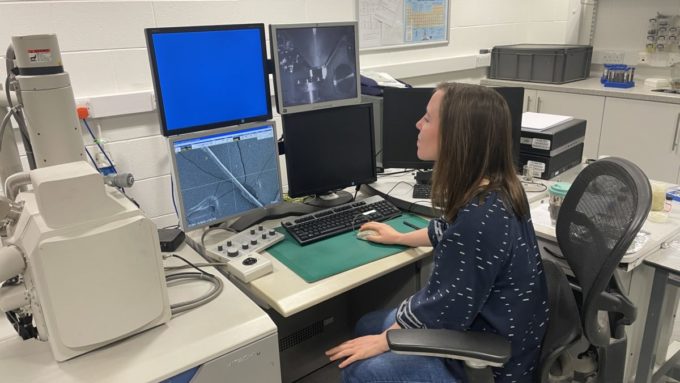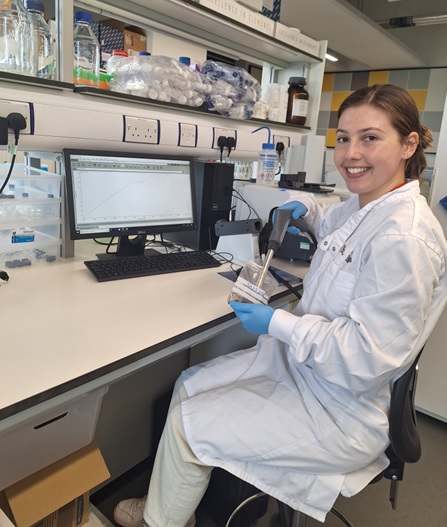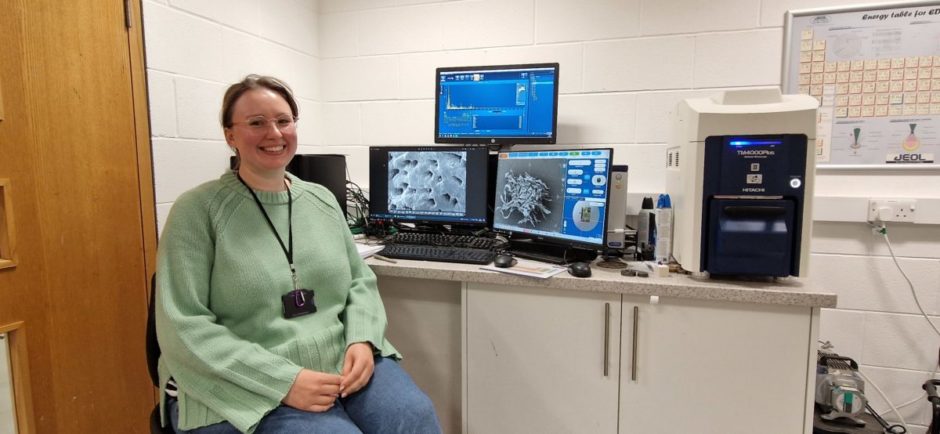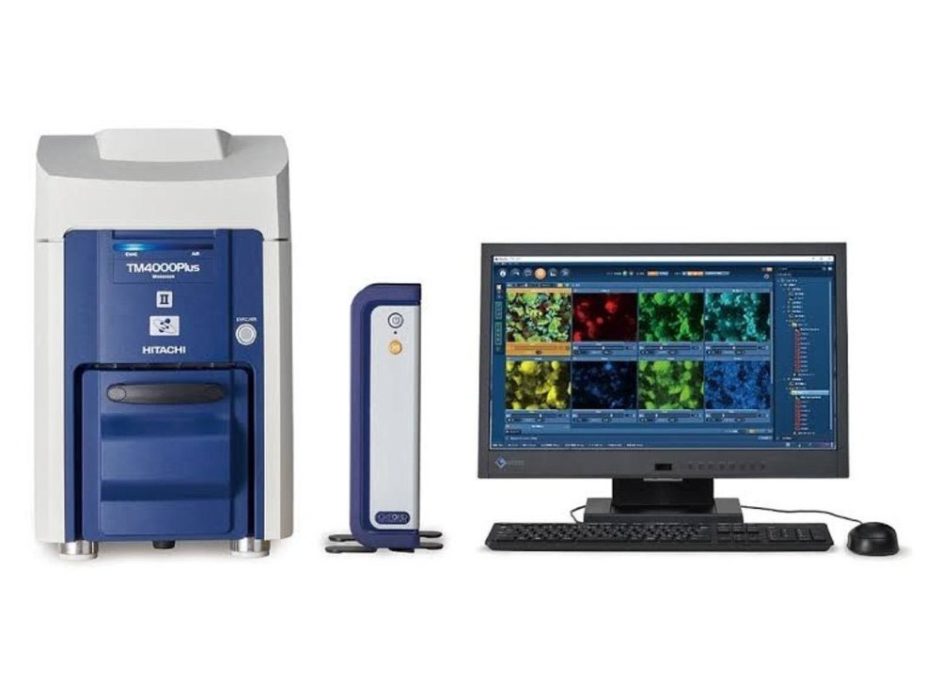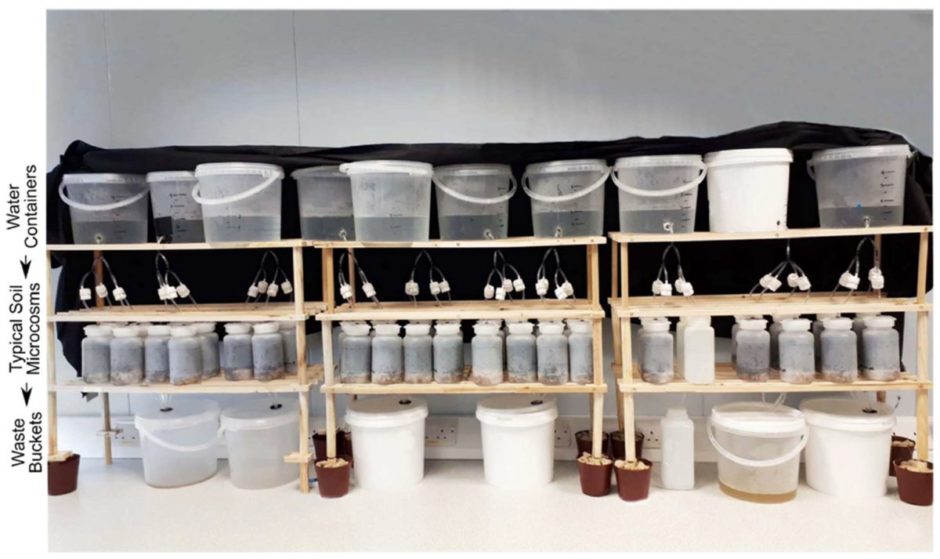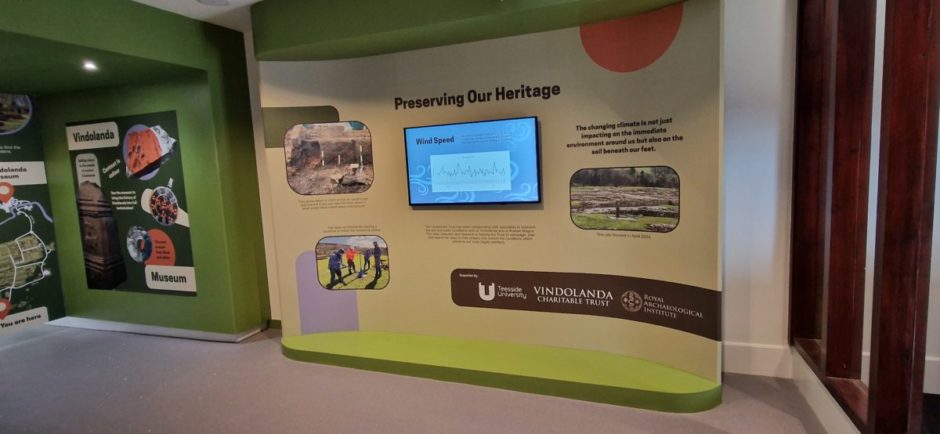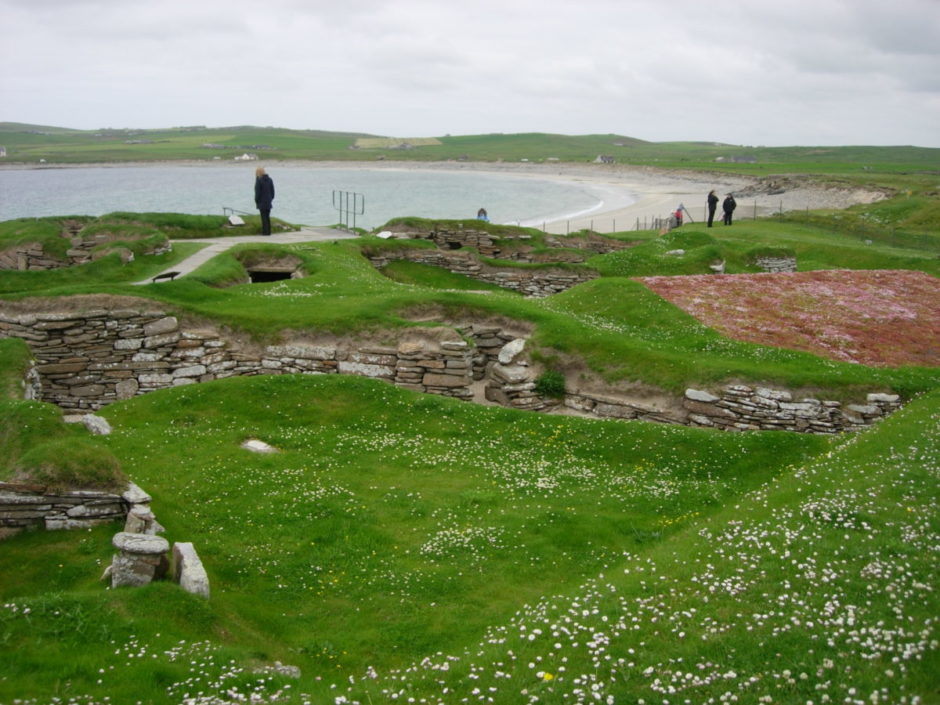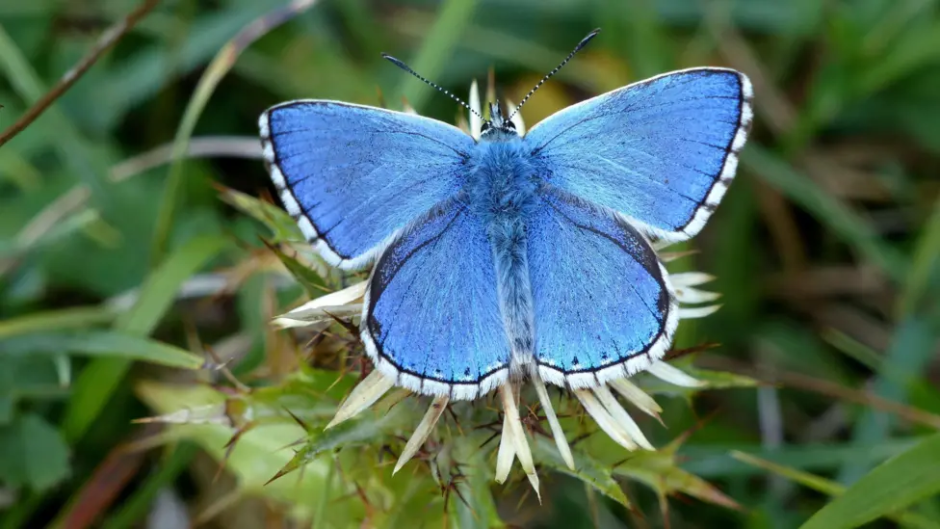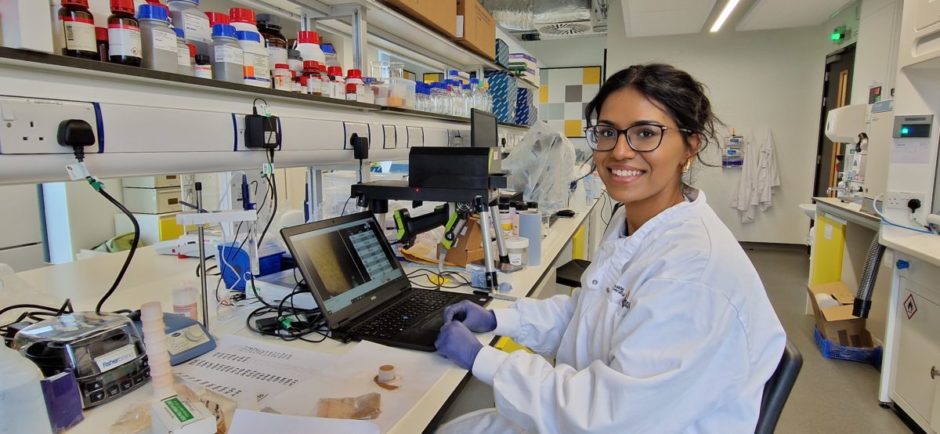In september (I know I am way behind updating!!), I was fortunate to attend ICOM-C.C Working Group on `Wet Organic Archaeological Materials´ 16th interim meeting in Gothenburg, Sweden, 15-19th of September 2025. This was my… More
Internship – Beth Hinnigan
In April 2025 Beth Hinnigan joined the laboratory for a 5-month internship as part of the Teesside University graduate internship scheme to work as a soil scientist. As an Environmental Science graduate this opportunity will help her to gain valuable laboratory work experience to add to her CV such as using pXRF and NIR analysis of soil samples.
“My responsibilities involve preparing, testing and analysing the results from all the soil samples that I receive from a Roman Archaeological excavation site called Magna at Vindolanda near Hadrians wall in Northumberland. All the fresh soil samples that arrive needs to be dried in an oven to remove the water content and then ground in a mortar and pestle to create a fine powder. This step of soil preparation is essential for the machines to produce accurate data. The samples are then tested using a pXRF machine which uses X-rays to identify the elemental composition of the samples and NIR machine to show the wavelength of each element. I can then analyse this data to calculate the percentage of each element that makes up each sample. Finally, I produce a map showing any hotspots at the site where elements are concentrated and this could help identify how different areas of the land were used.
During this internship I have learnt about new analytical techniques and taken responsibility managing samples and data. It has been a great experience to collaborate with other staff and play an active role in this ongoing project”.
Internship – Ali Hoekstra
During spring, I had the opportunity to do a 10 week research assistant internship at Teesside University. The experience has been both challenging and rewarding, offering a real-world glimpse into the kind of work I would like to pursue with my Forensic Science degree.
My main focus was a research project investigating ancient Roman leather scraps recovered from the Vindolanda archaeological site, which involved the use of a variety of advanced analytical tools. I worked with equipment such as Scanning Electron Microscopy (SEM), Energy-dispersive X-ray spectroscopy (EDX), Fourier Transform Infrared Spectroscopy (FTIR), Visual Spectral Comparitor (VSC) as well as a SpecimIQ Hyperspectral Camera. Through this I developed skills in analytical techniques and even created my own protocols for certain parts of the project.
The SEM can be used to see things that are very very small and there is a whole world that you would not expect to see when you are looking so closely.
Zooming into the archaeological leather samples there is a landscape of texture and contours. Deep caverns open up and suddenly what with the naked eye was just a pattern, is a network of pores and skin creases. In the pores you find a collection of debris, presumably from where the samples had been buried,but move in closer and you might find evidence of single celled creatures with a silica cell wall – diatoms.
In the modern leather samples occasionally the roots of hairs were still in place even after going through the tanning processes. In some cases entire networks of mould had started to appear.
One of the biggest challenges was working independently and learning to troubleshoot issues on my own. This pushed me to become more self-reliant and confident in the lab. I also gained a clearer understanding of how scientific research works day-to-day, which has helped shape my thinking about future career paths.
I’m incredibly grateful to my supervisor and the lab technicians for their guidance and support throughout the internship. Their mentorship made a big difference and contributed greatly to what I took away from the experience.
Scanning Electron Microscope
In one of our laboratories we have access to the TM4000III scanning electron microscope. It is the perfect instrument to take a closer look at artefacts, not only a scanning electron microscope but can also conduct elemental analysis – EDX. The system has 4 acceleration voltages, 5, 10, 15 and 20kV, viewing to 10× – 100,000× (Photographic magnification) and 25× – 250,000× (monitor display magnification).
We have recently been investigating collagen in archaeological leather..the image below shows the bundles of collagen strands seen in a modern leather sample.
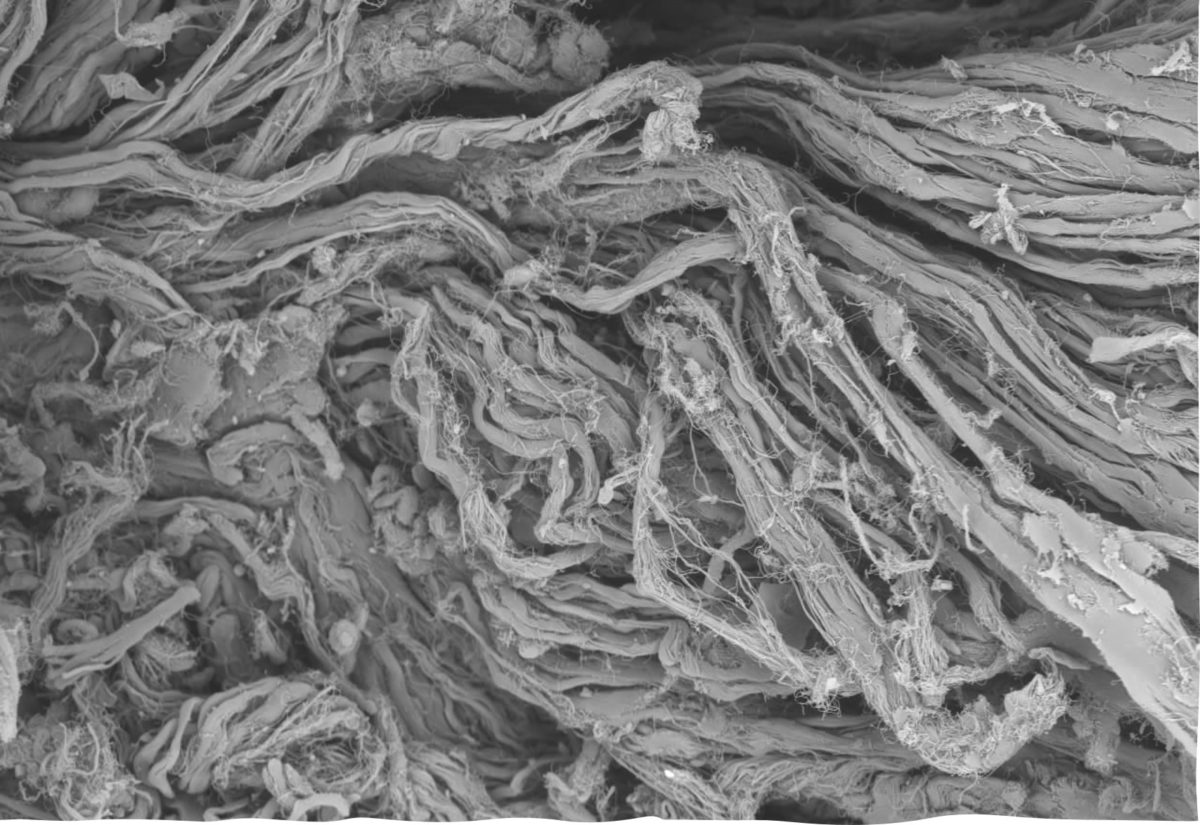
New paper: Determining the impact of elemental composition on the long-term survival of vegetable-tanned leather in archaeological environments
Very pleased that a paper that took an enormous amount of setting up, monitoring and determination has finally been published in Archaeometry.
The rather long title is ‘Determining the impact of elemental composition on the long-term survival of vegetable-tanned leather in archaeological environments.‘
This paper started as what do we understand about leather degradation, to how we can look at this in the laboratory into a full scale microcosm set up in the laboratory. Helga set up and monitored these systems, each having a different variable, coupled with multiple variables of leather types.. it was a spreadsheet nightmare..
Abstract
This research paper investigated whether elemental analysis can differentiate leather manufacturing from soil contamination and whether soil hydrology and elemental composition impact degradation of leather. Portable X-ray fluorescence (pXRF) is a quick method for monitoring large-scale changes and groupings of aggregate inorganic elemental signatures, as well as influx of soil-based elements into the leather samples. Soil elements appeared to leach into vegetable-tanned leather within 2 months of burial, following pathways that are primarily dictated by soil hydrology (acidity, redox and saturation). Leather stability was also traced to elemental concentrations prior to burial, most likely introduced through the tanning liquid, and via a contributory factor of perimineralisation in the soil.
Pint of Science 2025
I really enjoy public outreach and there is no better way than the pint of science events, held in May every year.
This year, I was asked to do a talk for the Darlington Pint of Science event and I dreamt up the title of ‘Leather – the plastic of the roman era’. Firstly, I love archaeological leather and second, I love the romans! I am not quite sure what I was thinking when i dreamt up the title, but I think my thoughts were around the the large amount of leather which still survives today, and thinking about how romans used leather, then linking that to what will people find from us in 2000 years!
We went on a rollercoaster during the talk, from different shoes, to what you would take camping, and then explored how you could differentiate leather species using mass spectrometry.. that is alot in 20 mins!
Pleasure to be on the stage with Dr Caroline Orr and Dr Zoe Bell
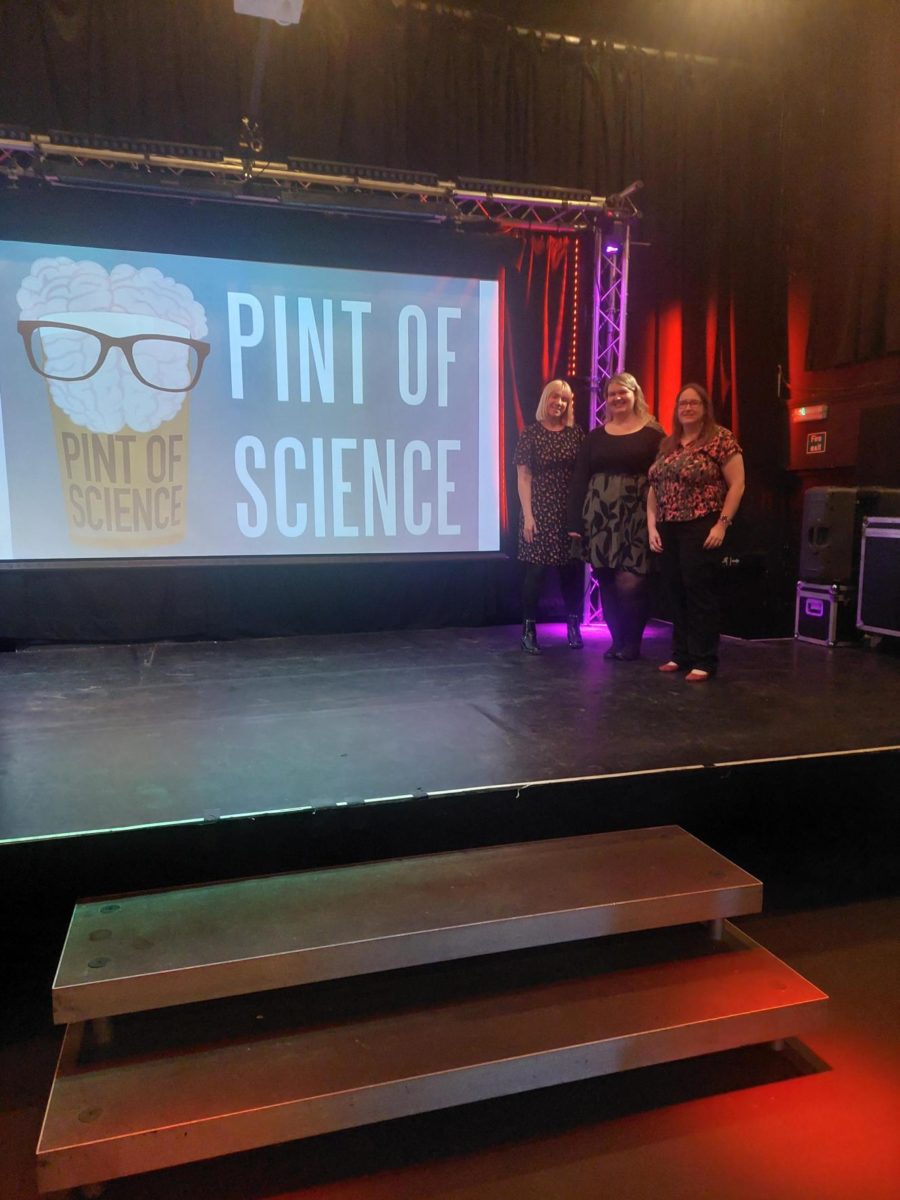
Environmental Monitoring – Vindolanda
In 2021 we started a journey of environmental monitoring at Vindolanda. The journey started with questions on what was happening across the site many years earlier, but the decision taken by the Vindolanda Trust to fully engaged in continuous environmental monitoring was bold and forward thinking.
I joined the Trustee board in 2022 and followed the journey as projects have developed, including around climate change and art, artefact degradation and how this has impacted and shaped the strategic plan for the trust 2024-2034.
It was an absolute pleasure to see the new west gate entrance, where the underpinning science is presented to the public, through the amazing design capabilities of the Vindolanda trust staff.

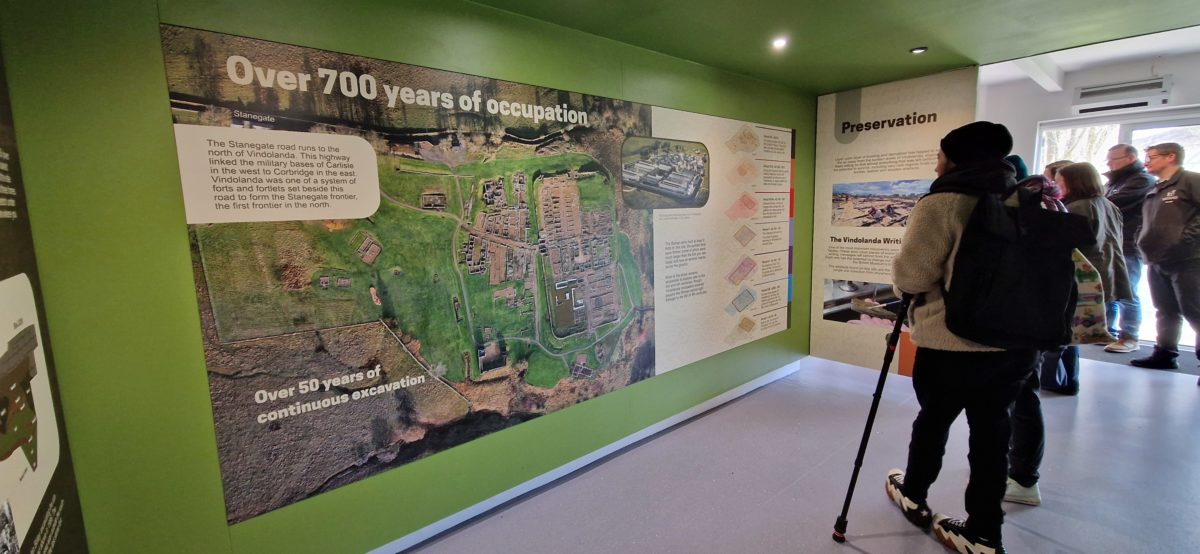
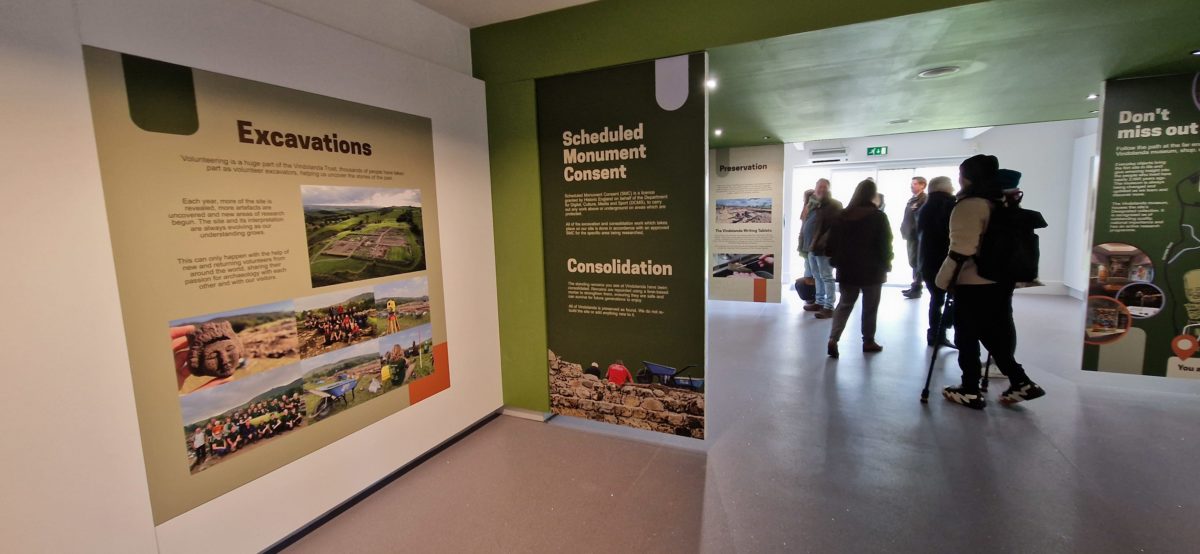
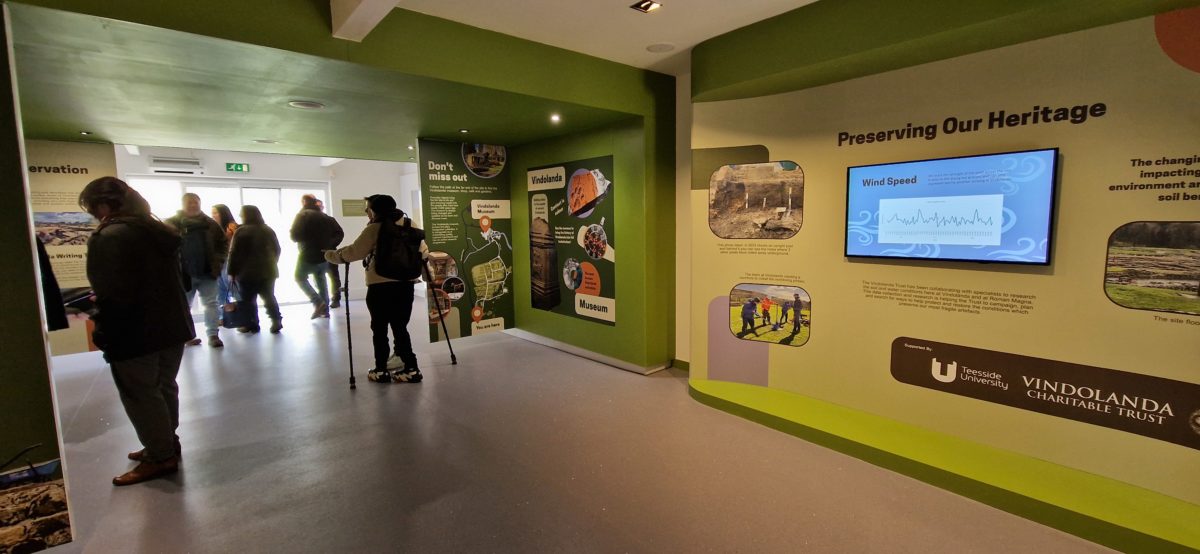
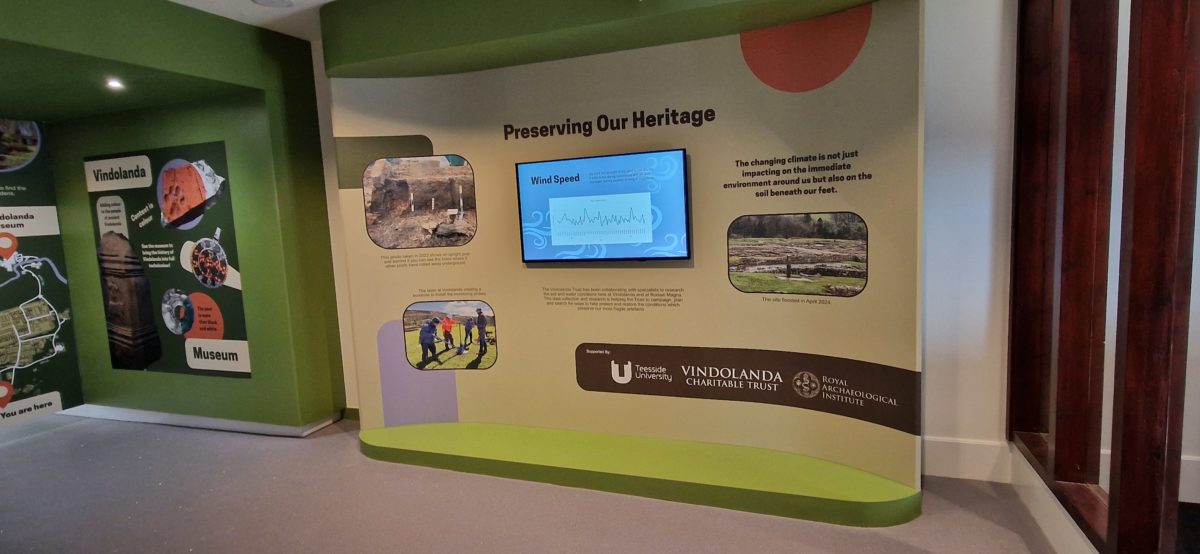
2024 – more than 150 unprecedented climate disasters
Two posts about climate in one day.. but it is that important for us to look at..
- Key climate change indicators again reach record levels
- Long-term warming (averaged over decades) remains below 1.5°C
- Sea-level rise and ocean warming irreversible for hundreds of years
- Record greenhouse gas concentrations combined with El Niño and other factors to drive 2024 record heat
- Early warnings and climate services are vital to protect communities and economies
This is a sobering yet fantastic read: state of the climate report 2024
There is a short commentary here – Floods, heatwaves and supercharged hurricanes occurred in hottest climate human society has ever experienced
Image: Coastal side of Skara Brae – Neolithic houses on a very exposed site, susceptible to coastal erosion
Climate change and Heritage
Every morning I look at the news.. today seems like a day when climate is everywhere, but one story on the BBC that I missed in December, was about the national trust warning about the lost of heritage.. important read for us all
National Trust warns UK’s most precious heritage at risk from extreme weather
Image – taken from BBC report and website
Internship – Thenigha
In 2024, the laboratory had the pleasure of hosting Thenigha Suriyakumaran for a 6 month internship. Thenigha was able to develop skills in many different techniques, including chromatography, mass spectrometry, pxrf and elemental analysis, enhancing her CV, however, the most important learning aspect was seeing how an active and busy research laboratory operates.
If you are unsure about where you want to go, have a look at: https://www.tees.ac.uk/sections/stud/ There is loads of support available.
BBC Radio 3: Vindolanda Leather
What I love about my job is the range of people I meet and the interest in my laboratory work.. had a lovely chat with Rose Ferraby who is the creator of the series Earthwork on BBC Radio 3. Rose was interested in our leather research work, this is conducted with Dr Elizabeth Greene, Western Ontaro. The chat was transcribed into a great programme which is part of the Earthworks series.. highly recommended for a 15 minutes break and a cup of tea.
The series of EarthWorks aired the other week, but still available online
The link to the series is here: https://www.bbc.co.uk/programmes/m0015v2l/broadcasts/upcoming
The link to your episode is here: https://www.bbc.co.uk/programmes/m0026ykc
And the link to previous series of EarthWorks here: https://www.bbc.co.uk/programmes/m0015v2l/episodes/player
We all love leather shoes right…


